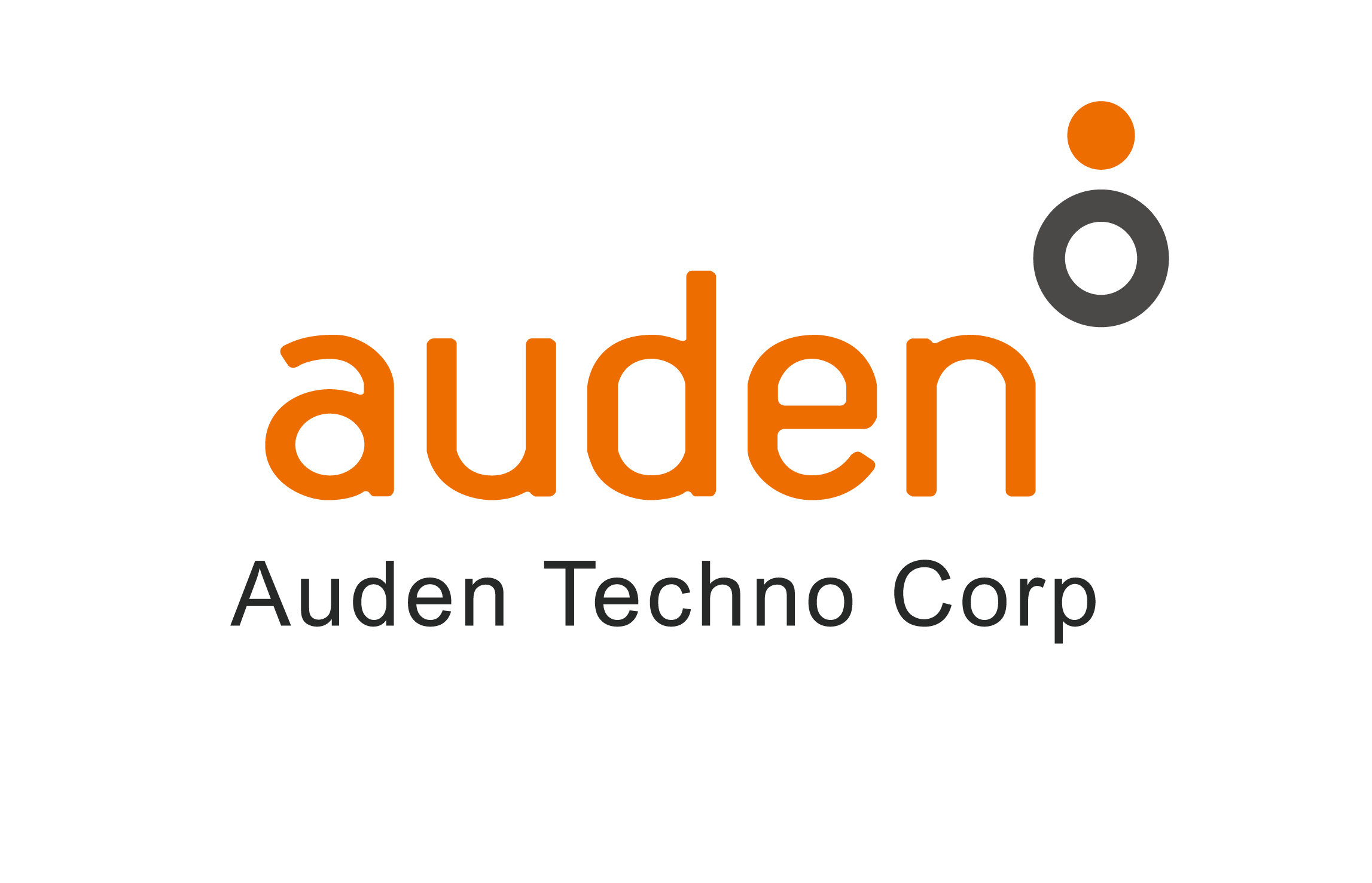| Contents |
|
| Applications |
|
| Characteristics |
|
Electromagnetics Full Wave Solvers(P-EM-FDTD)
- Brief introduction
The Electromagnetics Full Wave Solvers (P-EM-FDTD) enable accelerated full-wave, large-scale EM modeling (> billion voxels) with Yee discretization on geometrically adaptive, inhomogeneous, rectilinear meshes with conformal sub-cell correction and thin layer models, with support for dispersive materials. The solver includes a unique adaptive subgridding algorithm (from Acceleware) that facilitates the highest possible effectiveness in local mesh refinement.
- 產品詢問
Product list
- RF Communication Testing Equipment
- DASY8 Systems: 電磁波比吸收率測試系統
- DASY8-3D
- cSAR3D
- EM Phantoms
- Hand Phantoms
- SHO- and SHO3TO110-CN1-RTHG/LTHG
- SHO-, SHO3TO6- and SHO3TO110-V3RW-C/LW-C
- SHO-, SHO3TO6- and SHO3TO110-V3RP/LP
- SHO-, SHO3TO6- and SHO3TO110-V3RB/LB
- SHO-, SHO3TO6- and SHO3TO110-V3RC/LC
- SHO-, SHO3TO6- and SHO3TO110-V3RD/LD
- SHO- and SHO3TO110-V3RTHG/LTHG
- SHO- and SHO3TO110-V3RTAB/LTAB
- SHO- and SHO3TO110-V3RLAP/LLAP
- Forearm
- Head Phantom
- TORSO
- POPEYE-V10
- Hand Phantoms
- TDS
- ICEy
- OH4VNA
- OTA Chamber
- RF Conductive
- Wireless power transmission measurement
- Material characteristic measurement
- Medical Implant Safety Evaluation Equipment
- Cell Exposure System
- Electromagnetic & Medical Simulation Software
- Vital signs simulator
- QMS Tool
- Others Equipment
- Training and Video
- DAK12-TL (4MHz–600MHz)
- DAK3.5-TL (200MHz–20GHz)
- DAK1.2E-TL (5GHz–67GHz)
- DAKS-12 (4 MHz – 3 GHz)
- DAKS-3.5 (200 MHz – 14 GHz)
- DAK-12 (4 MHz – 3 GHz)
- DAK-3.5 (200 MHz – 20 GHz)
- DAK-1.2E (5 GHz – 50/67 GHz)
